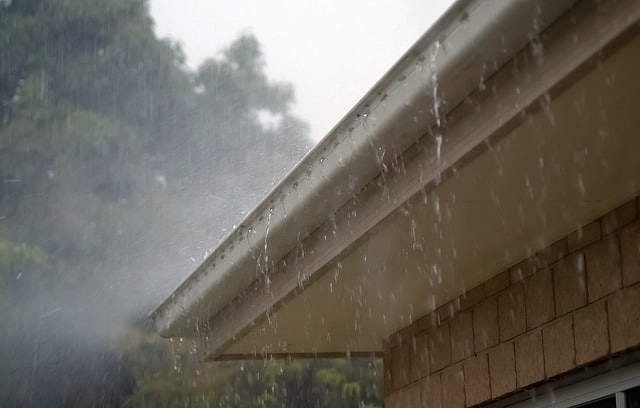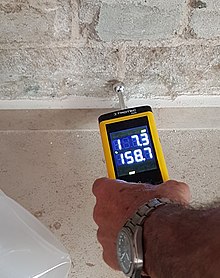Moisture Meter After a Flood

If you have had a flood in your home then you have probably experienced the process that followed, water mitigation. While you had water mitigation crews in your home there was probably a lot of equipment that got moved in and out. The most important piece, however, can fit in the lead technician’s pocket, a moisture meter.
What is a moisture meter?
Moisture meters are small handheld devices that provide a quantified representation of the amount of moisture present in a material, either as a moisture content or a moisture level. Note that this is a critical distinction from a moisture sensor which only indicates the presence of moisture with no numerical value.
Is there a meter standard?
While standard of care does not dictate which specific device is required it instead, addresses a list of what information must be gathered. It also provides a list of recommended meters that met the requirements.
When would a meter be used?
A meter will be used before the job starts, they will evaluate and document the finding. This will include the identification of each material affected, the degree of wetting, and the exact area of migration. Then each day during the job the lead technician will evaluate and document the progress of the drying. Finally, the meter will be used to verify that the drying goals have been meet and that the project is complete.

How is a meter used?
Meters are used to ensure that the restore can make meaningful decisions about the performance of the drying system. The lead technician needs to ensure that the data readings are captured using consistent methods to protect the integrity of the process.
Where are meters used?
The location for the meter use is based on the structure and the moisture migration, it is best to take the measurements at the same time and place each day.
What type of meters are there?
Non-invasive – this meter allows for quick reading that map out the area affected. While it is great for quick readings it is not as accurate as some of the other methods.
Pin type – These tend to be the most reliable and repeatable method of moisture testing. This meter allows the technician to take readings at different depths and it is highly recommended that this meter is used as the primary source of data.
Thermo-Hygrometers – These meters are essential for measuring the humidity in the air, this allows the lead technician to adjust the number of dehumidifiers on-site.
To have a successful water mitigation your lead technician should use all of these methods and all three of the meter types discussed. With the help of these tools and methods you can be confident that the water mitigation service you hired will clean and dry your home thoroughly.
